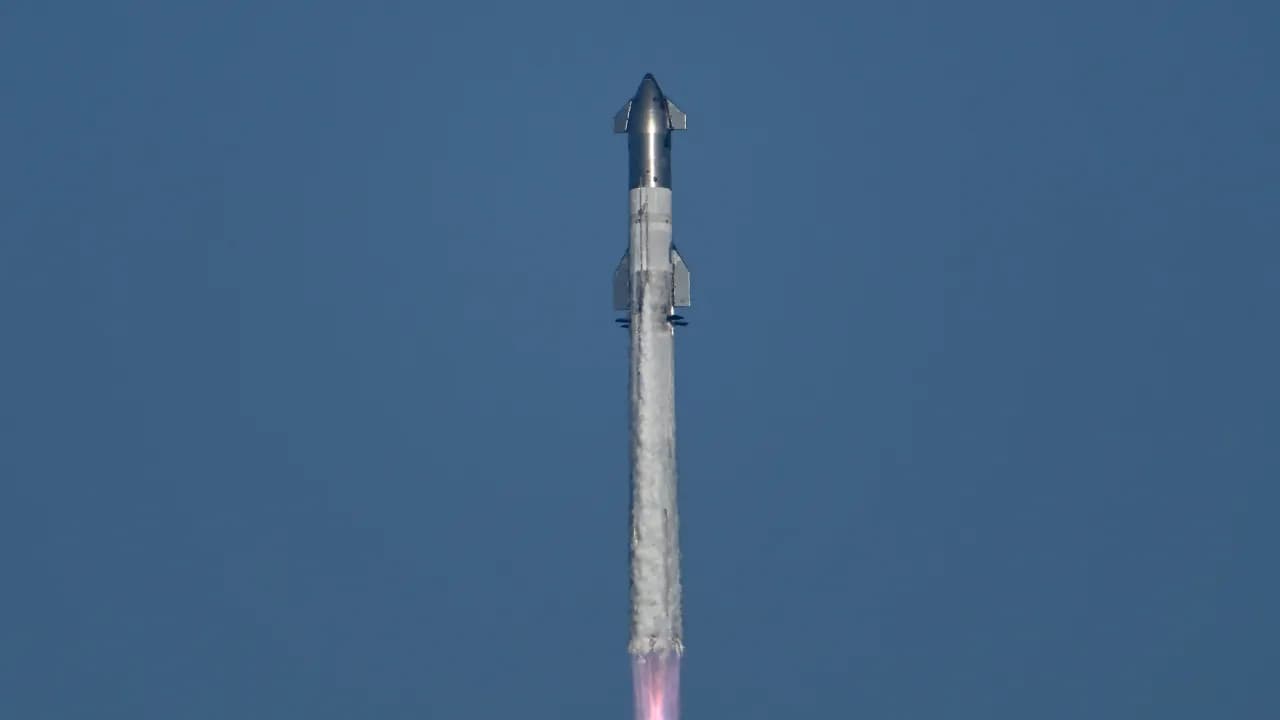A leakage of liquid oxygen in the rocket’s ground systems had forced the company to scrap the launch of the 10th test flight of Starship on Sunday.
Elon Musk’s SpaceX once again delayed the launch of the Starship rocket shortly before takeoff due to bad weather.
“Launch called off for tonight due to anvil clouds over launch site (lightning risk),” Musk wrote on X.
A leakage of liquid oxygen in the rocket’s ground system had forced the company to scrap the launch of the 10th test flight of Starship on Sunday. As per SpaceX’s website, the company will once again try to launch its heaviest rocket from its Starbase site in South Texas on Tuesday.
The 400-foot vehicle is the centerpiece of Musk’s ambitions to send humans to Mars and is expected to carry NASA astronauts to the Moon by 2027. However, this year, the company has seen several high-profile failures.
Earlier this year, the FAA had grounded Starship test flights for nearly two months after back-to-back post-launch explosions caused debris to fall at Caribbean islands and forced dozens of commercial airliners to divert. Another launch in May was partially successful, but in June, Starship exploded during an engine test, which the company described as a “major anomaly.”
SpaceX is also facing intense competition from companies like Blue Origin, Rocket Lab, and United Launch Alliance, which are seeking to challenge the company’s dominance in the industry. Retail sentiment on Stocktwits about Rocket Lab was in the ‘bullish’ territory at the time of writing.
However, SpaceX has remained undaunted despite the hiccups, consistent with its strategy of failing fast and learning faster.
The Starship mission’s stated objectives include the deployment of eight Starlink simulators, similar in size to next-generation Starlink satellites, and several experiments focused on enabling Starship’s upper stage to return to the launch site. SpaceX also aims to test alternative protective materials for withstanding the intense heat during re-entry.
The Super Heavy booster was not slated to return to the launch site for a catch, as in previous tests, and SpaceX anticipates a controlled splashdown in the Gulf of Mexico, also referred to as the Gulf of America.
For updates and corrections, email newsroom[at]stocktwits[dot]com.<
